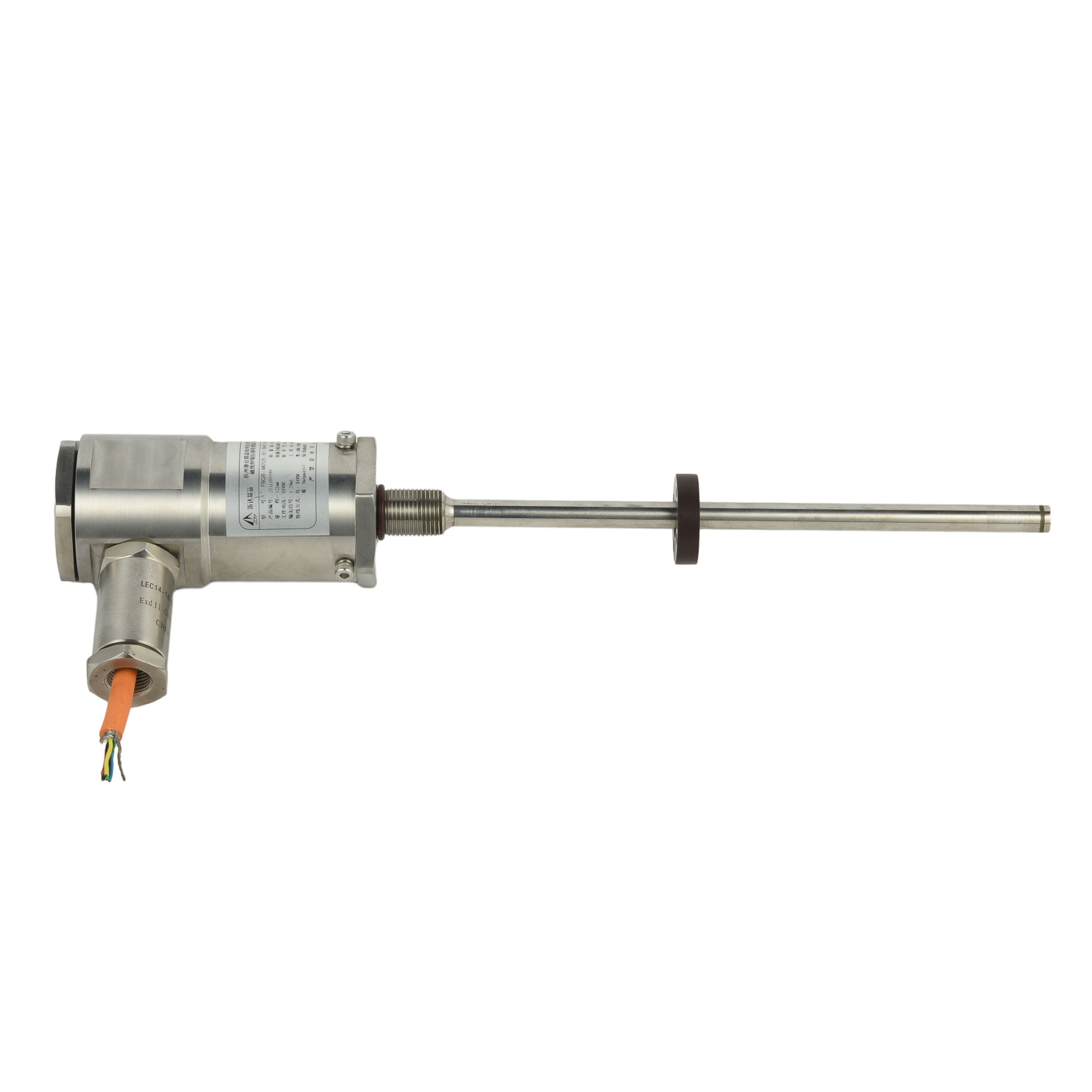How to design redundancy into magnetostrictive sensor systems?
Implementing redundancy in magnetostrictive sensor systems is critical for applications where continuous operation and measurement accuracy are non-negotiable. These sophisticated position and level sensing devices play vital roles in industrial automation, hydraulic systems, and precision manufacturing, making system resilience paramount to operational success.
Understanding Magnetostrictive Sensor Fundamentals
Magnetostrictive sensors operate through the interaction between magnetic fields and magnetostrictive materials. A current pulse generates a torsional stress wave along a waveguide, while a position magnet creates a secondary magnetic field. The time difference between wave generation and detection precisely determines position. This physical principle enables highly accurate, non-contact measurement capabilities essential for industrial applications.
The Critical Need for Redundancy in Sensing Systems

System failures in industrial environments can result in catastrophic production losses, safety hazards, and costly downtime. Redundancy addresses these risks by providing backup measurement channels that maintain functionality during primary sensor failure. This approach is particularly valuable in continuous process industries, safety-critical applications, and environments where sensor accessibility is limited.
Dual-Channel Sensor Configuration Strategies
Implementing dual-channel magnetostrictive sensors represents the most effective redundancy approach. These systems incorporate independent sensing elements, waveguides, and signal processing circuitry within a single housing. Should the primary channel fail, the secondary channel automatically assumes measurement duties without interruption. This configuration maintains measurement consistency while providing complete electrical and mechanical isolation between channels.
Electronic Interface and Signal Processing Redundancy
Beyond sensor duplication, implementing redundant electronics ensures comprehensive system protection. Dual independent signal conditioning modules, separate power supplies, and redundant output circuits create a robust architecture. Advanced systems employ comparison algorithms that continuously monitor both channels, automatically flagging discrepancies and switching to the healthy channel without data disruption.
Implementation Considerations for Redundant Systems
Successful redundancy implementation requires careful planning regarding physical mounting, environmental protection, and maintenance accessibility. Sensors should be positioned to avoid common failure modes while maintaining measurement accuracy. Environmental factors including temperature extremes, vibration, and chemical exposure must be considered for both primary and backup components.
Validation and Testing Protocols for Redundant Systems
Regular functional testing validates redundancy effectiveness through simulated failure scenarios. Automated self-test routines, manual override capabilities, and documented testing procedures ensure backup systems remain operational. Historical performance data analysis helps identify potential failure patterns before they impact system functionality.
Maintenance Strategies for Redundant Sensor Systems
Proactive maintenance schedules extend beyond traditional sensor upkeep to include redundancy verification. This includes periodic channel switching tests, backup component calibration, and interconnection integrity checks. Comprehensive documentation of all maintenance activities creates valuable historical data for predicting future service requirements.
By implementing these redundancy strategies, magnetostrictive sensor systems achieve the high reliability standards demanded by modern industrial applications, ensuring continuous operation and measurement integrity even under challenging conditions.
 UpgradingYourLevelMeasurementS
UpgradingYourLevelMeasurementS
 Why are magnetostrictive level
Why are magnetostrictive level
 ComparingMagnetostrictiveandRa
ComparingMagnetostrictiveandRa
 MagnetostrictiveLevelSensorfor
MagnetostrictiveLevelSensorfor
